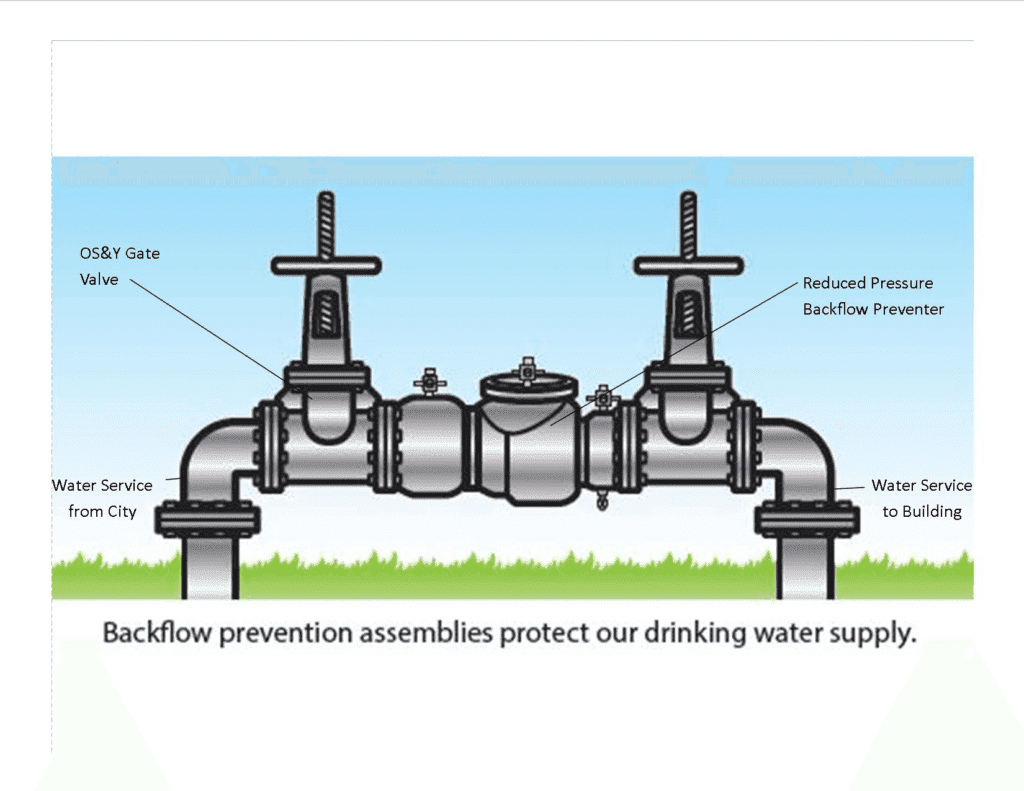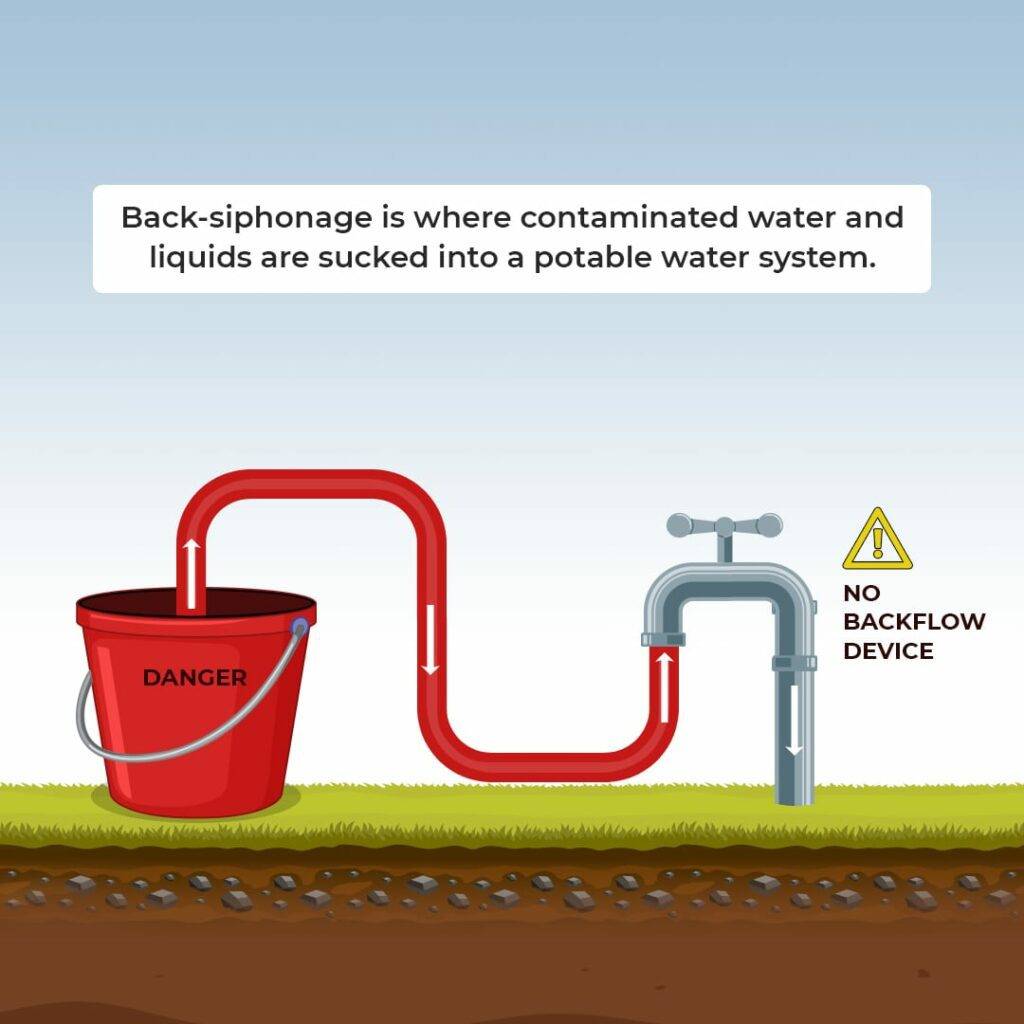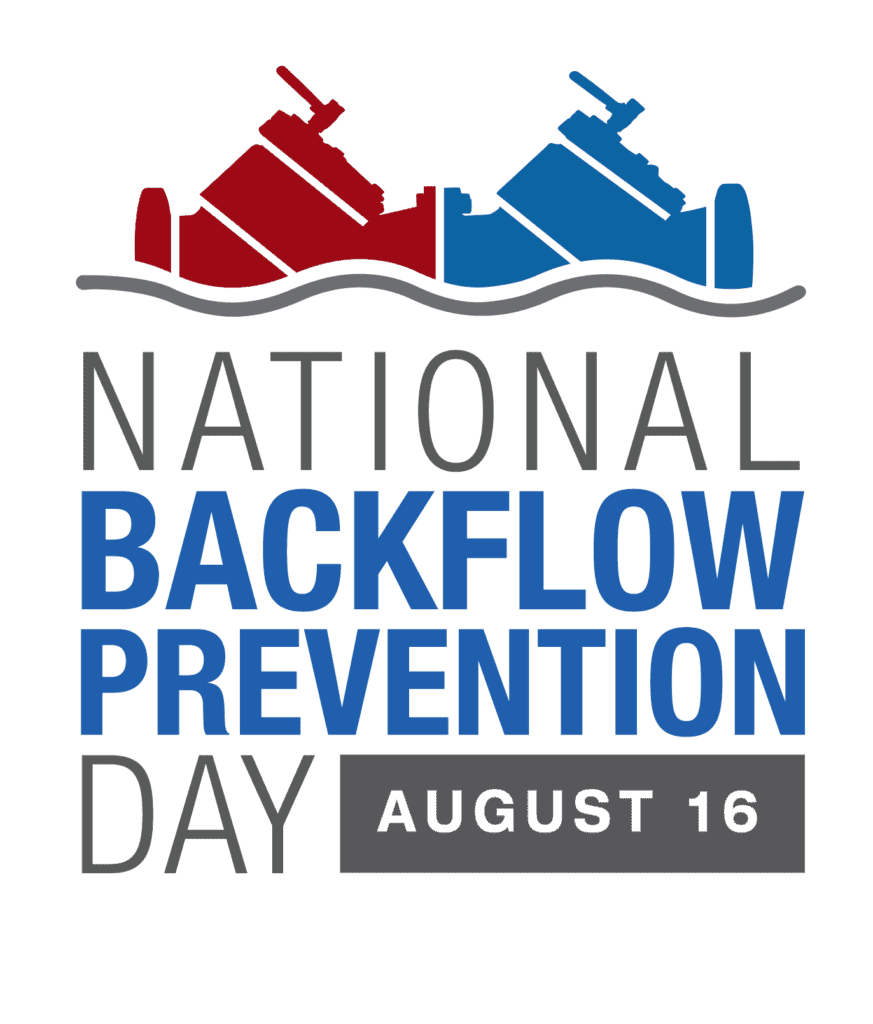Protecting Your Water Supply
In contemporary times, ensuring the safety of our water systems, through backflow prevention, is more crucial than ever. With the threats posed by viral mutations and aging infrastructure, the integrity of our plumbing systems is indispensable. Central to this defense mechanism is the practice of backflow prevention plumbing. This blog post discusses why backflow prevention remains the last line of defense for plumbing system safety.

Why Backflow Prevention in Plumbing is Essential
Backflow prevention plumbing is vital to keeping our water supplies free from contaminants. As water systems age, the risk of contamination increases, highlighting the necessity for robust backflow prevention measures. Certified backflow testers play a significant role in ensuring water safety by verifying the integrity of backflow prevention assemblies.
💡 Did you know? Contaminated backflow incidents have led to widespread health risks, reinforcing the need for strict backflow prevention protocols. (Learn more from the EPA)
Understanding Backflow and How It Occurs
Backflow occurs when water reverses direction in a piping system due to backpressure or backsiphonage, potentially leading to contamination. This can allow chemicals, bacteria, and other hazardous substances to enter potable water lines.
Types of Backflow:
- Backsiphonage – Caused by negative pressure in the water supply, pulling contaminants into clean water.
- Backpressure – Occurs when downstream water pressure is higher than the supply, forcing water (and contaminants) back into the clean water system.
To prevent these risks, professional prevention plumbing solutions must be in place.

Backflow Prevention Assemblies: How They Work
The primary role of backflow prevention assemblies is to act as barriers that prevent hazardous substances from entering a clean water supply. Different types of assemblies are used depending on the risk level.
Types of Backflow Prevention Devices
- Reduced Pressure Zone (RPZ) Assemblies – Offer high-level protection against severe risks by discharging contaminated water through a relief valve.
- Double Check Valve Assemblies (DCVA) – Protect against backsiphonage and backpressure in moderate-risk situations.
- Pressure Vacuum Breakers (PVB) – Ideal for non-potable systems, providing protection against backsiphonage.
- Atmospheric Vacuum Breakers (AVB) – Used in scenarios where backsiphonage is a potential hazard, but not against backpressure.
📌 Need a certified backflow test? Contact Piping Pro Plumbing for expert backflow prevention services.
Challenges in Backflow Prevention Plumbing
Aging Infrastructure and Accountability
A significant challenge in backflow prevention plumbing is the lack of standardized protocols and accountability among testers. Inconsistent training and outdated standards can lead to severe oversights, allowing contaminants to infiltrate water systems.
The Need for Technological Innovation
Despite the critical role of backflow prevention, technological advancements in this area have been slow. However, new innovations are emerging:
- Smart flood detection and prevention devices can integrate with backflow systems to prevent damage and contamination.
- Automated monitoring systems provide real-time alerts to potential risks in backflow prevention plumbing setups.
💡 Pro Tip: Regular maintenance and testing of your backflow preventer can prevent costly repairs and contamination risks.
Regulatory Compliance in Backflow Prevention Plumbing
OSHA Guidelines for Safe Testing
Safety is paramount, particularly in confined space backflow assembly pits. Adherence to OSHA’s confined space entry guidelines helps prevent serious accidents, including engulfment hazards during backflow prevention inspections.
Municipal Backflow Policies and Testing Standards
Municipalities enforce strict backflow prevention plumbing guidelines to regulate testing procedures and device maintenance. According to Cameron Rapoport of Watts, cities must implement enforceable rules to ensure consistent and effective backflow testing.
🔹 Internal Resource: Learn more about our water treatment solutions at Piping Pro Plumbing.

Raising Awareness: National Backflow Prevention Day
Every August 16, the industry celebrates National Backflow Prevention Day, recognizing the importance of backflow prevention plumbing and honoring the dedicated backflow testers who safeguard our drinking water.
🎉 Join the movement! Spread awareness about backflow prevention to keep water systems safe.
Conclusion: Why Backflow Prevention in Plumbing Matters
Backflow prevention plumbing is indispensable for maintaining clean and safe water systems. By implementing rigorous testing, technological advancements, and adhering to strict safety policies, we can mitigate the risks associated with backflow contamination.
🔧 Need Professional Backflow Prevention Services?
At Piping Pro Plumbing, we specialize in backflow prevention solutions, offering: ✅ Certified backflow testing
✅ Installation & maintenance of backflow prevention devices
✅ Compliance with local and national safety regulations
📞 Call us today at (608) 279-6069 or visit www.pipingproplumbing.com to schedule an inspection!


